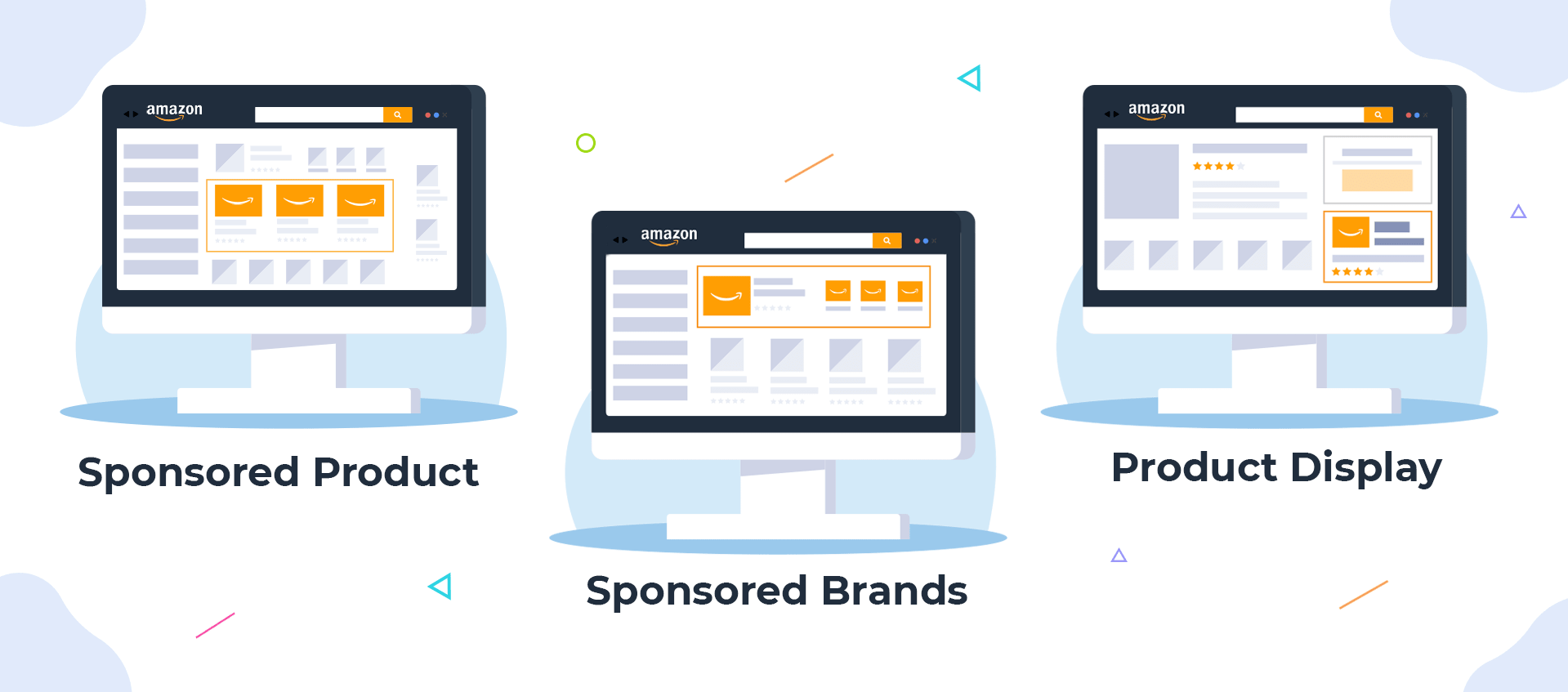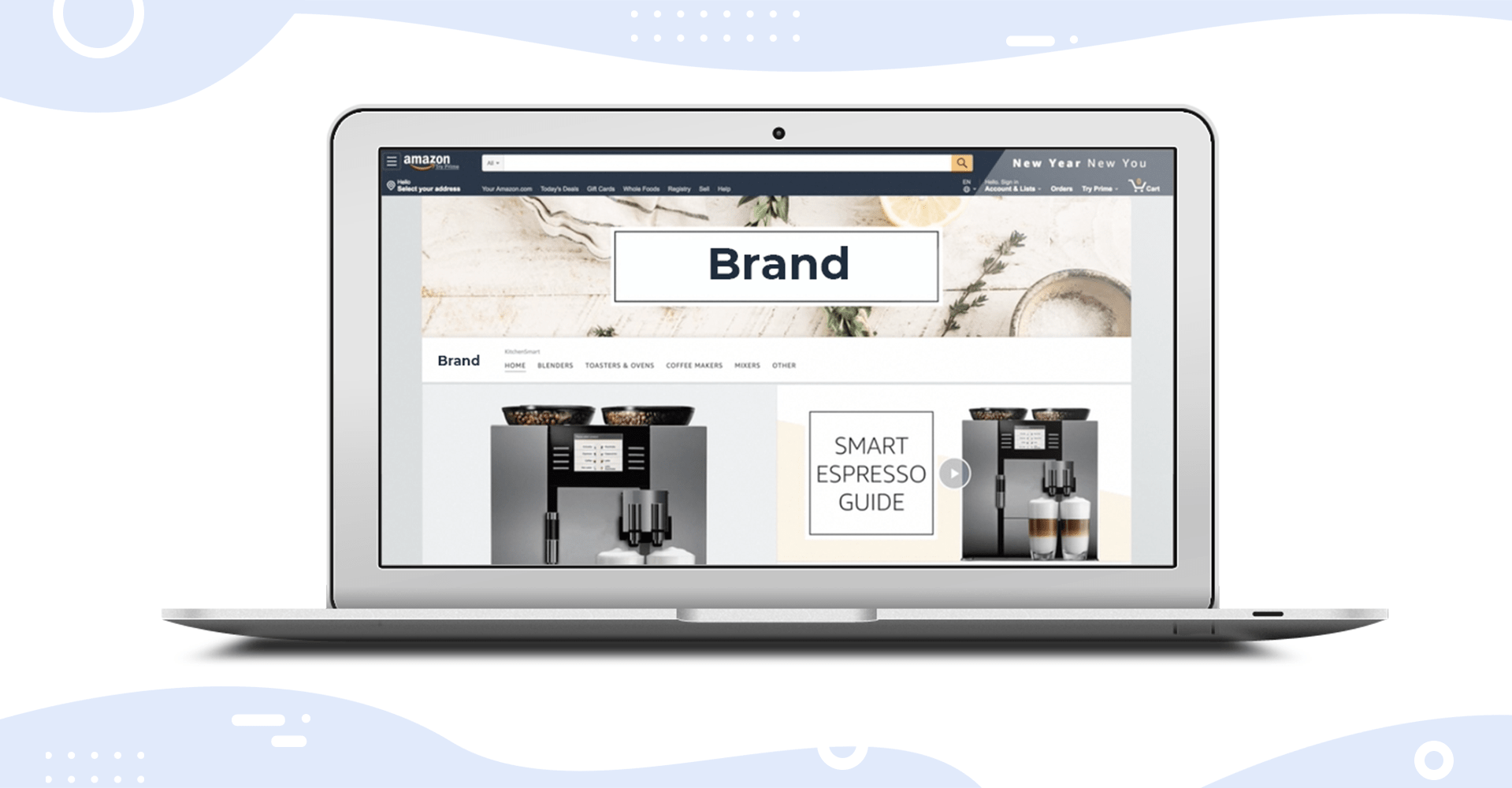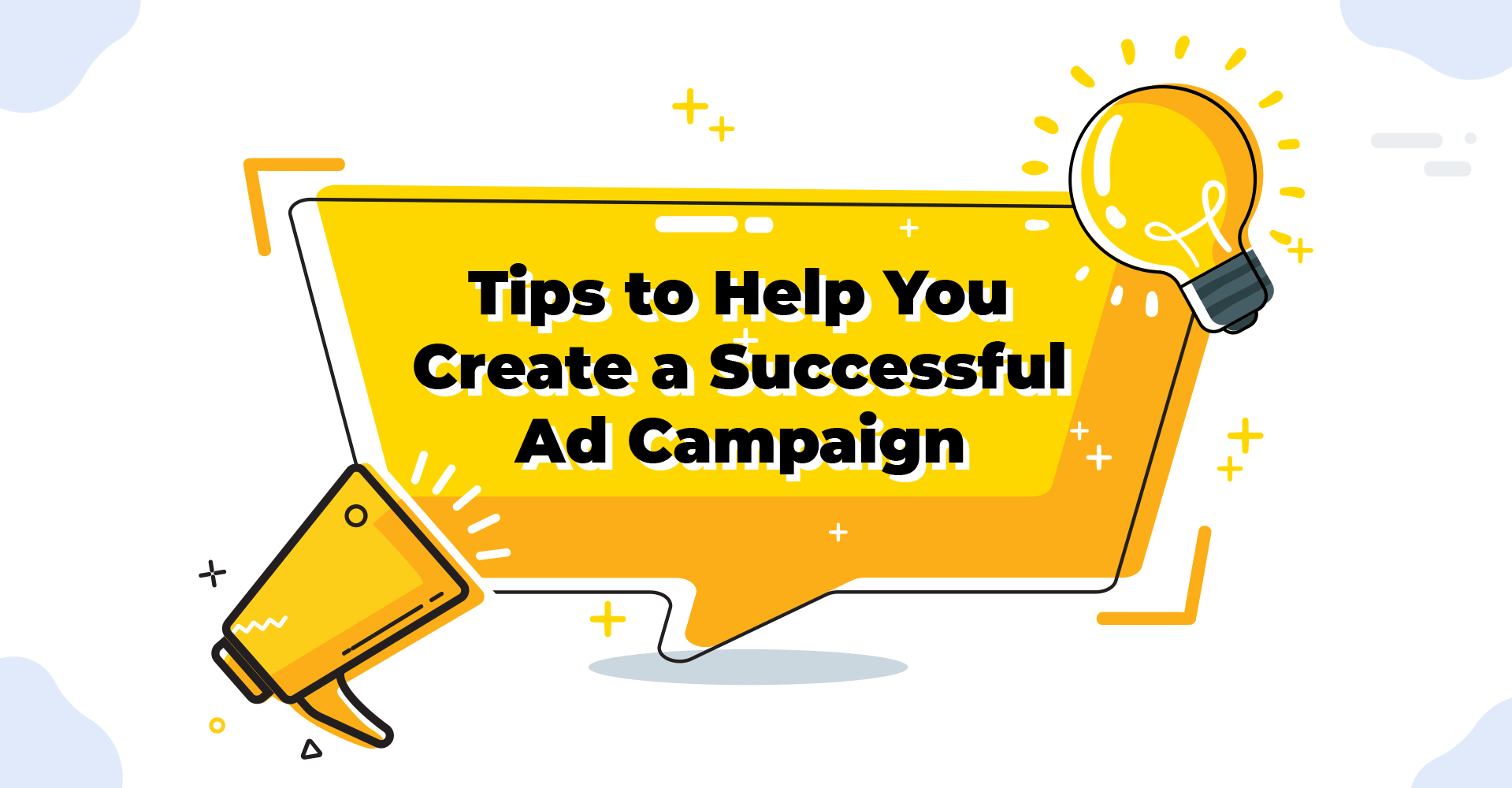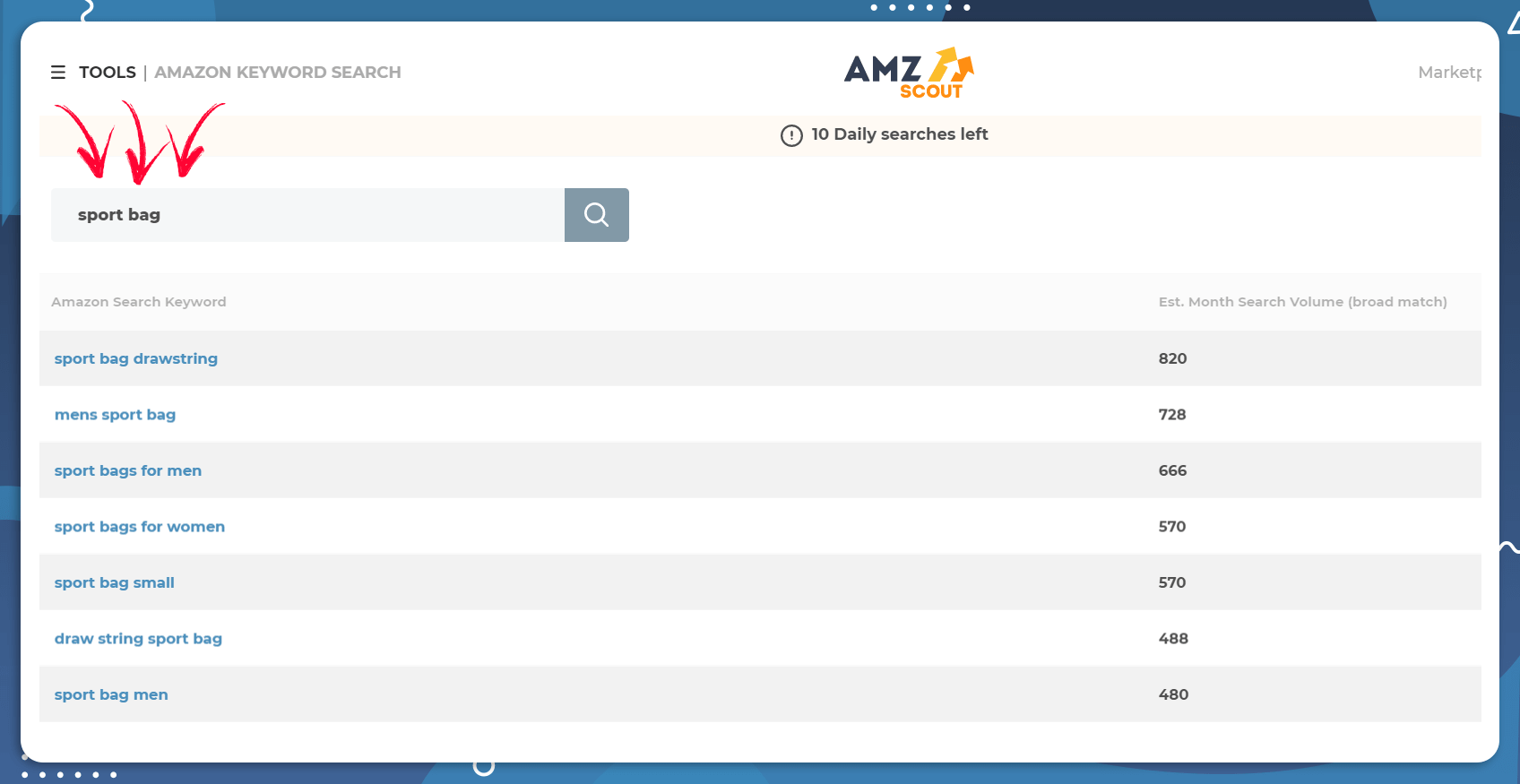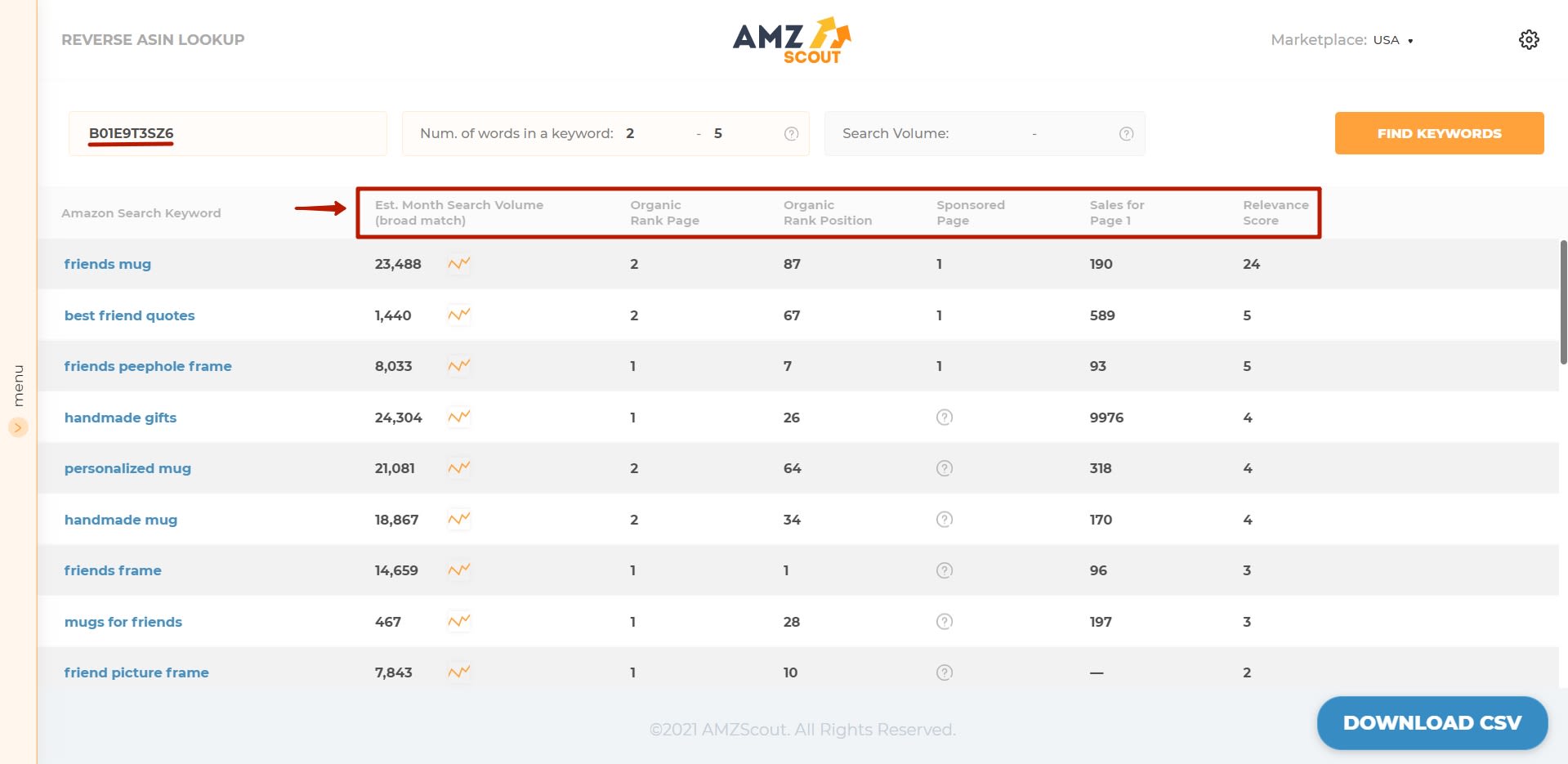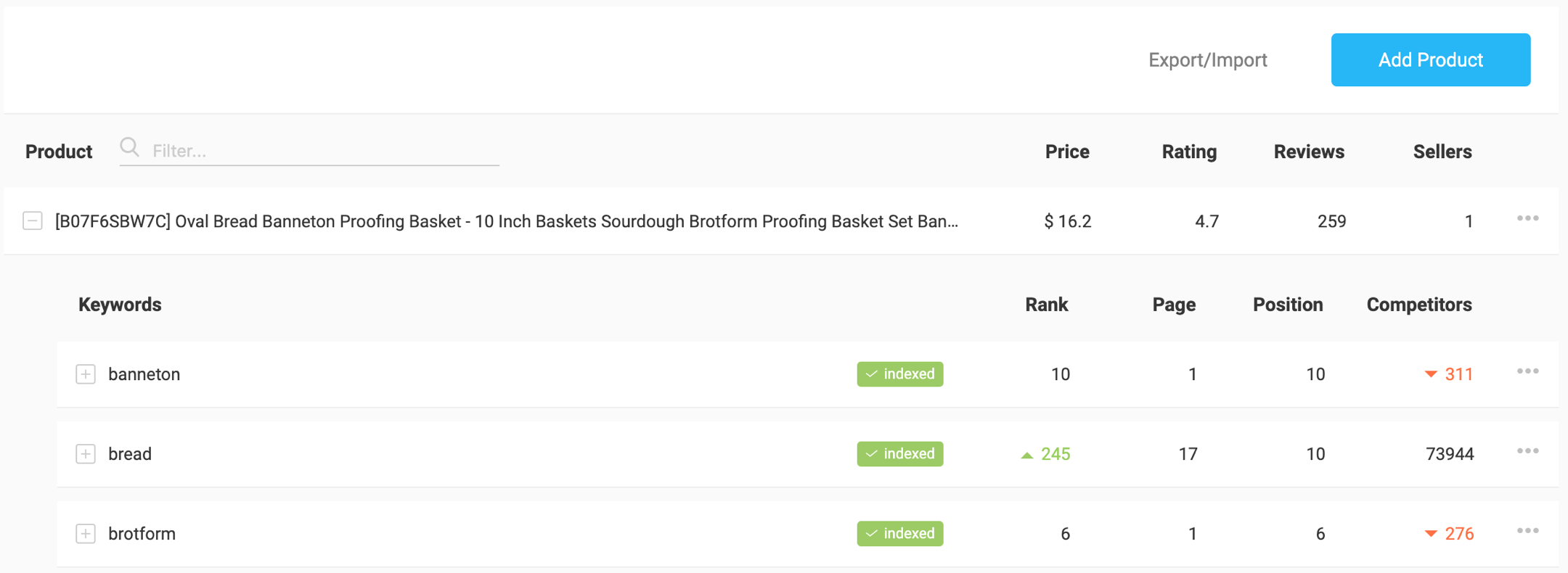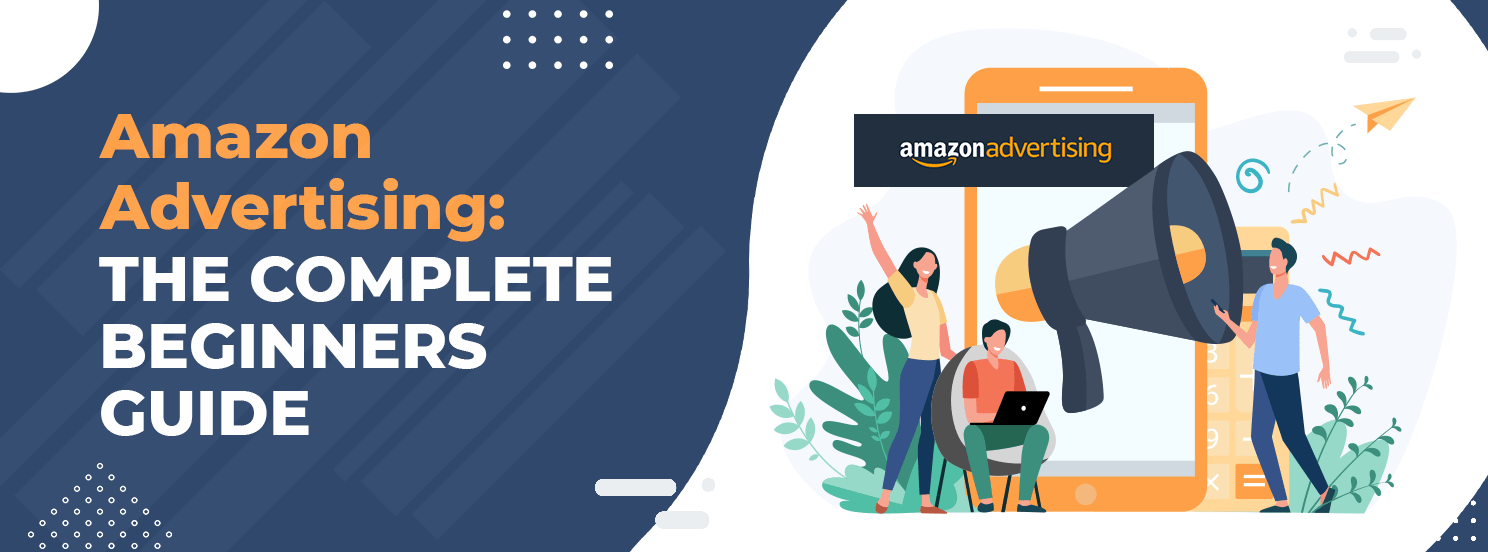
Amazon Advertising: The Complete Beginners Guide
There are a number of components that make up a successful Amazon FBA business. Most people talk about product research, finding suppliers, and creating your online listings. And while all of these are important they don’t mean anything unless customers can find your products.
This is where Amazon advertising comes in.
Sponsored ads are the best way to bring traffic to your listings and start generating sales quickly. They’re great for newer sellers who aren’t showing up in organic search results yet, as well as more experienced sellers who want to increase their revenue.
Table of contents
Keep reading to learn everything you need to know about Amazon ads and how to use them to grow your business.
What is Amazon Advertising and How Does it Work?
You’ve likely noticed the ads at the top of Google’s search results. These are sponsored results that have been paid for by businesses. Amazon uses a similar system for its search results.
Amazon ads allow you to purchase ads that show up in searches for specific keywords related to your product. So, even if your items aren’t appearing in organic searches you can still make sure people find your listings.
In addition to search ads, you also have the option of placing ads within other product listings. You’ll choose items that are related to your own and then your ads will appear on those pages.
Amazon PPC (pay-per-click) is a model of advertising where advertisers only pay for an ad when someone actually clicks on it and is taken to your listing. There are four types: Sponsored Products ads, Sponsored Brands, Sponsored Display and Stores.
Why Should You Use Amazon Ads?
Many sellers look at the added cost of running Amazon ads and decide against using them, but this is a big mistake. Especially for new items.
Yes, an Amazon advertising campaign will add an additional expense to your business. But if you set up your campaign correctly and target the right keywords it will generate a positive return on investment (ROI) for you and help you greatly increase your sales.
Here are just a few reasons to start using Amazon ads:
Help People Find Your Products: It can sometimes take a long time before your items show up in organic searches. Running an ad campaign will let you start generating sales right away so you don’t waste any time.
Increase Your Sales: More people finding your products means more sales. Sure, running ads will cut into your margins a little bit, but if you’re getting sales you wouldn’t have otherwise gotten then it’s still going to lead to a lot more money for your business.
Improve Your Organic Rankings: Sales are a big part of Amazon’s search ranking algorithm. By running ads you’ll boost your sales, which in turn will increase your organic search rankings.
Whether you’re selling books, toys, electronics, or anything else, Amazon advertising is highly recommended.
Types of Amazon Ads
As we mentioned earlier, there are a few different types of Amazon ads available to you in your Seller Central account. All of them have different advantages and can be beneficial to your business, so do your research and determine which ad types will work best for you.
Here are the four types of Amazon ads:
Sponsored Products
Sponsored Products are ads that show up at the top or bottom of Amazon’s search results page and on their product detail pages. The ads leads to your product listings. You are able to choose which keywords you want to match your ad with.
With these ads, you can choose your daily budget as well as the duration of the campaign. The only stipulation is that the campaign must run for at least one day.
Sponsored Brands
If you sell more than one item and want to grow your brand then these ads are an excellent option.
Sponsored brand ads appear at the top of search results. They include your brand logo, a headline, and up to three of your products. Customers can either click on your logo which will take them to your store or custom landing page, or they can click on one of your items which will take them directly to the product listing.
Similar to sponsored product ads you’re able to choose which keywords to target and set your budget to control costs.
Sponsored Display
The structure of these ads is a little different than the first two ad types we’ve mentioned. These are display ads that utilize images and appear on other Amazon product listing pages.
While building ad creative sounds complicated Amazon makes it easy. Creative is automatically generated using your product image, price, and star rating. From there you just need to select your audience, bid, and daily budget.
Machine learning is also utilized to optimize your campaigns and ensure you’re always bidding the right amount to maximize your budget.
Stores
If you’re looking for a free way to promote your brand and products consider creating a store on Amazon.
Add your logo, images, video, and text to promote your brand to potential customers. Use the pre-designed templates to customize your store and create separate pages for each of your items.
Building an Amazon store is free and it’s a great way to promote both your products and your business.
How to Get Started with Amazon Advertising
After learning about all the benefits and the various advertising options you’re probably eager to get started.
Here are a few things you need to do before creating your first campaign:
1. Choose the Products Your Want to Advertise
If possible, you’ll probably want to promote all of your products. However, if you’re working with a limited budget it might be best to just select one or two items to start. It can also be a good idea to experiment with advertising on one product in the beginning. Then once you get the hang of it you can create campaigns for your other listings.
Review all your products and determine which ones you want to promote. High-performing items are the lowest risk as you know those are already popular with customers. Or you might choose to advertise new or underperforming items to boost their sales. Both are fine options.
2. Check Your Eligibility
Unfortunately, not all products and listings are eligible for Amazon advertising. So, once you decide which items you want to advertise you’ll need to find out if you’re actually able to create ads for them.
Currently, Amazon doesn�’t allow ads for the following items:
Adults products
Used products
Refurbished products
Items in closed categories
Additionally, here are a few other reasons why you may not be allowed to advertise a certain item:
You’re currently out of stock
Your listing is missing important information
Your product isn’t eligible for the buy box
Your product doesn’t comply with Amazon’s retail policies
If you’re unsure why one of your items is ineligible for advertising contact Amazon customer support.
3. Optimize Your Listing
Make sure your listing complies with the rules above. If your request to advertise is initially rejected it’s possible you might just need to make a few tweaks in order to get it approved.
Once your listing meets Amazon’s requirements it’s time to ensure it’s optimized to allow you to generate the most sales possible. You might be running some great ads but if you’re directing customers to a poor product listing page you’re not going to get a lot of conversions.
Here are a few tips to help you create an effective listing:
Use multiple high-quality images that show the various features of your item.
Include lots of information.
Focus on benefits, not features. Describe how the various features of your item help the customer.
Try to build up a good review score. Follow up with customers after they buy from you to encourage them to leave a review.
Price your product competitively. You don’t need to be the lowest but try to offer customers the best value you can.

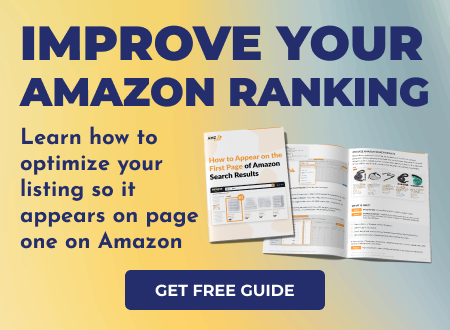
4. Define Your Goals
What are you looking to achieve with your ads? Answering this question will have a big impact on what types of ads you choose and how you set up your campaign.
Here are some possible goals you might have:
Increase sales
Increase revenue
Build awareness for a new product
Build brand awareness
Sell off excess inventory
By knowing what you want to get out of your ad campaign you’ll be able to make better decisions when it’s time to actually create it.
5. Set a Budget
Finally, you need to decide how much you’re willing to spend, both per click and per day.
While ads are a useful tool they do eat into your sales margins. So, make sure your bids are high enough that your ads will appear a decent number of times but low enough that you’re still turning a profit with each sale.
You also need to plan how much you’re going to spend in total each day on advertising. Ideally, your campaign will get to a point where it’s generating more money than it’s costing you. However, it might take a little bit of time to get there. So, decide on a daily budget you know you’re able to afford and stick to that to start.
Once your ads begin generating a positive ROI increase your spend to maximize your performance.
Tips to Help You Create a Successful Ad Campaign
Amazon makes it pretty easy for anyone to set up ads, but there are still a few things you can do to give yourself a better chance of success.
Want to know how to run an effective campaign? Here are a few tips to help you develop a winning strategy:
Use Automatic Targeting
While you can (and should) submit a list of keywords to target with your ads, you should also take advantage of Amazon’s automatic targeting. With this feature, Amazon’s algorithm identifies the best and most relevant terms to target.
This ensures you’re always targeting the best keywords and aren’t missing out on any high-converting terms.
Find High Traffic Keywords
When you decide what keywords you want to target, make sure you’re using the actual terms people are searching for. To do this, use Amazon Keyword Search by AMZScout.
Simply enter your product into the search field and click “Find Keywords.” You’ll be presented with dozens of related terms, ranked by their estimated monthly search volume. This lets you quickly identify the keywords related to your item that are getting the most searches.
Using this method, you’ll always target the terms that will allow you to get the most clicks and sales.
Target Your Competitors’ Keywords
Wouldn’t it be nice if you could find out what keywords your competitors’ are using for their ad campaigns? Well actually, there’s a tool that allows you to do this.
Use AMZScout’s Reverse ASIN Lookup Tool to find the keywords being used for any item currently listed on Amazon. Simply find a competitors’ product you want to target and open the listing to get the ASIN number. Copy that number and paste it into the ASIN Lookup’s search field, then click “Find Keywords.”
Just like the Keyword Search tool, you’ll get a list of relevant terms ranked by their estimated monthly search volume. You’ll also see where they rank for each keyword, what page they’re listed on, how many sales you can expect if you rank for certain terms, and a relevance score for each keyword letting you know which terms are most related to the product.
By using the terms listed here you’ll be able to target your competitors’ keywords and cut into their customer base.
Use Negative Keywords
Just like you want to target the most profitable keywords you also want to avoid terms that aren’t going to make you any money.
Let’s say you’re selling a butter knife. You don’t want your ads appearing in searches for steak knives. Unfortunately, these sorts of things can happen if you’re not careful. This is why it’s important to use negative keywords.
These are terms that you don’t want your ads to show up for. Make sure to submit a list of any keywords you don’t want to target before starting your campaign for the best results.
Once your ads are up and running continue to monitor them. If you notice certain terms aren’t generating a good conversion rate add them to your negative keyword list so you only focus on the most profitable terms.
Keep Your Campaigns Organized
If you’re running more than one campaign, make sure to organize them so you know what’s going on with each one.
You’ll want to monitor all of them and make adjustments as needed to ensure you’re always getting the most out of them. But that’s difficult to do when you keep confusing one campaign for another.
Start a document or a spreadsheet if you have to keep things organized and make sure you stay on top of every ad and campaign.
Track the Impact of Your Ads on Your Organic Search Results
As we mentioned earlier, running effective ad campaigns will also improve your organic search rankings. To track the impact of your ads on your search rankings use the AMZScout Keyword Tracker Chrome Extension.
Once you install the extension click the icon in the top right corner of your browser to open it. To start, you’ll need to add the products you want to track keywords for. Go to your items’ listings and copy the ASIN number. Then go back to the extension, click “Add Product,” and enter the ASIN number to add it.
After you’ve added your items you can enter various keywords to track for each item. Enter all the terms you’re currently targeting with your ad campaigns.
With your keywords added you’ll now be able to click each term to analyze it further. You can see where your product currently ranks for that term and what page of the organic search results it’s appearing on. By clicking on the plus icon next to the keyword you’ll also see how your rankings have changed over time so you can view any trends and track your progress.
Conclusion
Amazon ads are one of the best tools sellers have to increase awareness for their products and boost sales. When set-up correctly, an Amazon advertising campaign will produce a positive ROI that consistently generates revenue for your business.
If you’re looking to get the very best results with your ads be sure to use AMZScouts’ wide range of keyword tools. By utilizing accurate keyword data and search estimates you’ll give yourself an advantage over the competition and ensure your campaigns are always profitable.


